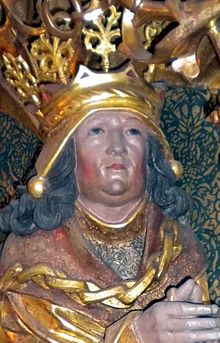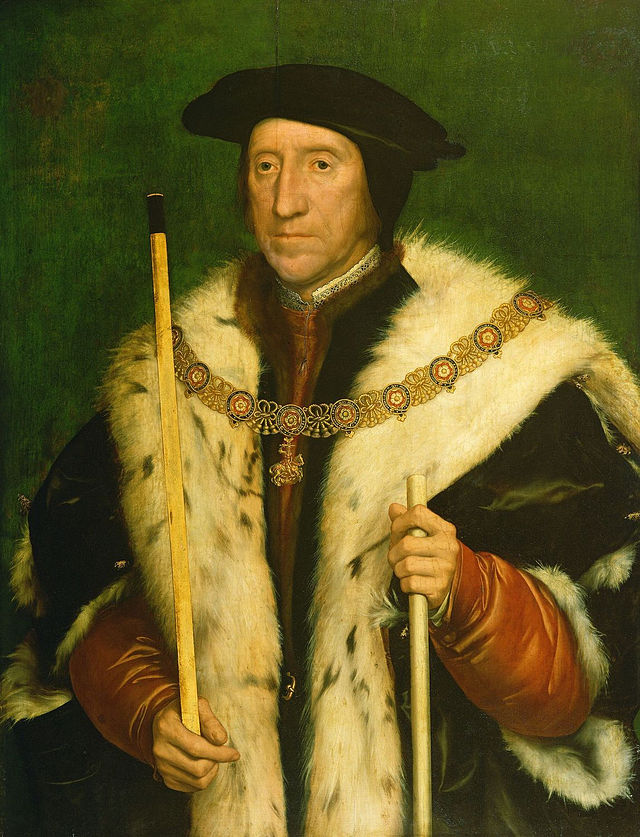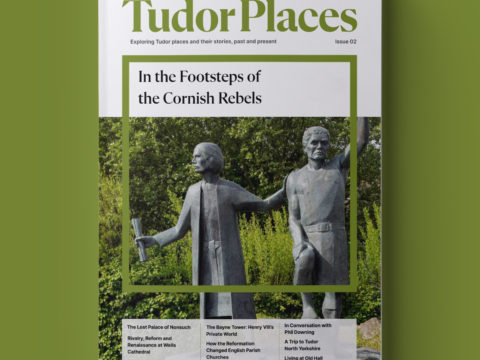James IV: Life Story
A Renaissance Prince
Chapter 12 : Tensions at Sea
As well as the aforementioned Sir Andrew Wood, James had another seaman (or pirate) on whom he could rely to create tension. Andrew Barton and his brothers had been granted Letters of Reprisal against Portuguese shipping, by James III.
A Letter of Reprisal was a licence to take measures against any shipping carrying the flag of a country that had offended the recipient. Barton sailed up and down the English Channel, and on more than one occasion captured shipping of countries trading with Portugal.
In 1507, James gave Barton another Letter of Reprisal as well as Letters of Marque, but it was clear Barton was soon overstepping his authority. In 1508, Barton was captured by the Emperor's men, and only personal intervention by James in 1509 secured his release.
Undaunted, Barton captured an English ship heading for Portugal. James, embarrassed, revoked the Letter of Marque, but Barton ignored him and proceeded to take an Antwerp vessel. James ordered him to pay compensation, but there is no record of him doing so.

Barton was then lent to James' uncle, John, King of Denmark, in his bid to control Sweden, in return for timber. He continued to be a liability, leaving King John's service without permission, taking the ship James had lent, with him.
By 1511, almost everyone was fed up with Barton. The Englishmen, Sir Thomas Howard and Sir Edmund Howard, sons of James IV's old antagonist, the Earl of Surrey, took to the seas to capture a man who was now bordering on piracy. The Howards were successful, killing Barton and taking possession of the Lion and the Jenny, the former of which went into the English navy.

James demanded redress, in accordance with the Treaty of Perpetual Peace, but was put off. He continued to pursue the matter, although not with any great vigour, but the incident damaged the relationship between Scotland and England.
Henry VIII loftily informed James that kings did not involve themselves in discussions about pirates.



